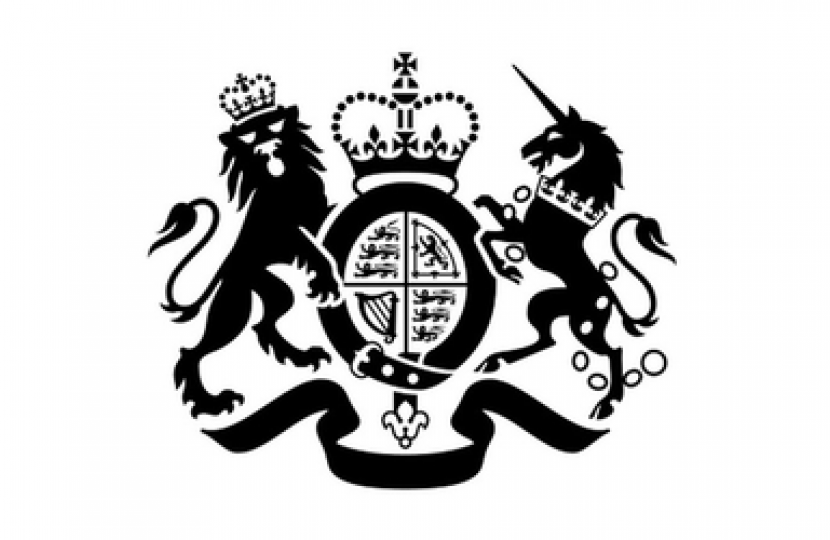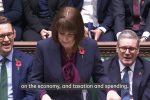
Dear Colleague,
Tackling antisocial behaviour
As you may be aware, the previous Victims’ Commissioner, Baroness Newlove, and the charity ASB Help, published reports last year on anti-social behavior (ASB), which found that there is a lack of awareness and understanding of the Community Trigger (which gives victims of anti-social behaviour the ability to request a formal case review).
Like me, I am sure that you also hear concerns from your constituents whose quality of life is being affected by anti-social behaviour. The Government is committed to tackling and preventing anti-social behaviour and recognises the serious impact that persistent anti-social behaviour can have on both individuals and communities. I am writing to provide you with information about the powers available to local areas to tackle anti-social behaviour and further detail on the Community Trigger. I hope this information assists you in helping constituents and with casework.
Legislative Powers
The Anti-social Behaviour, Crime and Policing Act 2014 (‘the 2014 Act’) provides powers to the police and local authorities to respond swiftly and effectively to anti-social behaviour.
This includes:
• Civil Injunctions which are available to the police, local council and other local agencies on application to the courts and can impose restrictions or positive requirements on individuals whose behaviour is causing, or is likely to cause, harassment, alarm or distress;
• Criminal Behaviour Orders which can be issued by a court and impose restrictions of positive requirements on an individual convicted of a criminal offence who has engaged in behaviour that caused, or was likely to cause, harassment, alarm or distress;
• Public Spaces Protection Orders which councils can issue to stop people committing anti-social behaviour in a public space;
• Community Protection Notices which can be used by the police or the local authority to deal with ongoing problems or nuisances which are having a persistent or continuing and detrimental effect on the quality of life of those in the locality;
• the Dispersal Power which can be used by the police to move on problem groups or individuals; and
• the Closure Power which the police and councils can use to close premises which are being used, or are likely to be used, to commit nuisance or disorder.
The powers in the 2014 Act are deliberately local in nature, as those who work within and for local communities will be best placed to understand what is driving the behaviour in question, the impact that it is having, and to determine the most appropriate response.
The Community Trigger
We know that, where left unchecked, anti-social behaviour can have an overwhelming impact on its victims and in some cases, on the wider community. The 2014 Act also introduced specific measures designed to give victims and communities a say in the way that complaints of anti-social behaviour are dealt with. This includes the Community Trigger, which gives victims of victims of persistenpersistent t antianti--socsocial behaviour the ial behaviour the abilityability toto demanddemand a a formal cformal case review ase review (where a(where a locally defined threshold is metlocally defined threshold is met)), in order to determine , in order to determine whether there is further action which can be taken. whether there is further action which can be taken.
The Community Trigger is an important safety net in ensuring that victims’ voices are heard and it is vital that victims can access information easily about how to apply for a formal review and in what circumstances they can do so. However, as set out in the reports from the Victims’ Commissioner and ASB Help, the following requirements are not always being addressed in applications for review:
• The thresholdThe threshold forfor a reviewa review mumust be no higher than st be no higher than three qualifying complaints of three qualifying complaints of antianti--social behaviosocial behaviour in a siur in a six month periodx month period. .
• Where a peWhere a person makes an applirson makes an application cation for a case review and has made at least the for a case review and has made at least the set number of quset number of qualifying complaints, the threshold for a review is met and alifying complaints, the threshold for a review is met and thethe rerelevant bodieslevant bodies (district council or unitary authority, chief office(district council or unitary authority, chief officer of policr of police, Ce, Clinlinical ical CCommissionommissioning Grouping Groupss/local health boards, a/local health boards, and registered providers of social nd registered providers of social housing who are cohousing who are co--opted iopted into this group)nto this group) mumust undertake onest undertake one..
• Relevant bodies must publish information annually about the Community Trigger covering the number of applications received and reviews held.
• Relevant bodies must respond to the victim at particular points in the process. These include: the decision as to whether or not the threshold is met, the outcome of the review, and any recommendations made as an outcome of the review.
An application for a Community Trigger can be made by the victim or by a third party who is aware of the circumstances and acts with the victim’s consent (this may include a family member, friend, carer, MP, local councillor, or other professional).
Home Office Statutory Guidance
The Home Office published statutory guidance to support the effective use of the powers and to assist those frontline professionals who are able to make use of the powers to respond to instances of anti-social behaviour in their local areas. The guidance sets out the importance of focusing on the impact of anti-social behaviour on victims and on their needs, and ensuring that the relevant legal tests are met before the powers are used and that issues of local consultation, accountability and transparency are addressed.
The Home Office guidance also includes information on how meetings held as part of the Trigger process could be organised and highlights that areas should consider involving somebody independent in the review to provide an external perspective.
The statutory guidance can be found at: https://assets.publishing.service.gov.uk/government/uploads/system/uplo…
We need to ensure that the local areas are making proper and effective use of the powers to tackle the underlying drivers of anti-social behaviour and protect victims and communities. The Home Office keeps the powers under review through the Anti-Social Behaviour Strategic Board, which brings together a range of partners and representatives from key agencies and other Government departments. We have been working with partners on the Board to address the findings and recommendations from the reports and discuss further ways to raise awareness of the Community Trigger. This includes developing public facing information, supporting and encouraging dissemination of promising practice on anti-social behaviour, and communications to raise awareness of the Trigger and its requirements across local authorities, Police and Crime Commissioners and the police.
I would encourage you to engage with your local police and local council to find out more about the Community Trigger process in your area and to raise awareness of the powers available to local areas and the statutory guidance.
I hope this letter provides useful information to help address any concerns raised by your constituents.
I will arrange for a copy of this letter to be placed in the House library.
Victoria Atkins MP
